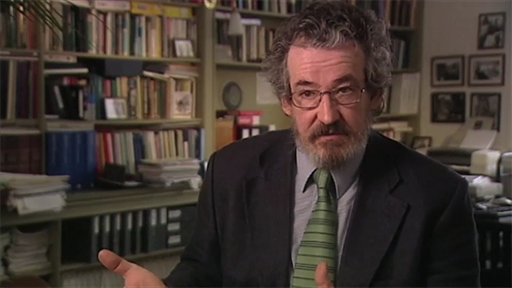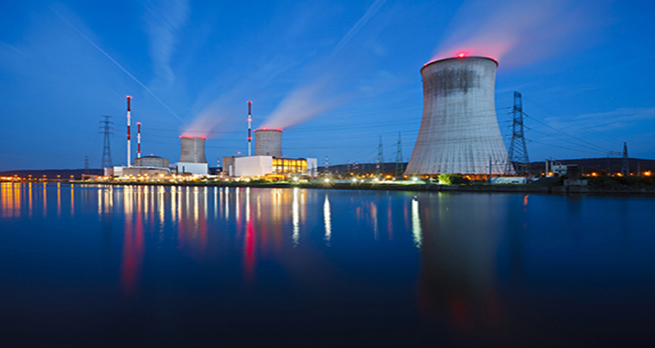2.3 Waste produced by nuclear power

Transcript
The reactor at Calder Hall, which was on what is now the Sellafield site in Cumbria, was the first operating nuclear power station in the world.
It connected to the grid in 1956 and was a Magnox type reactor. Initially its main purpose was the production of plutonium from uranium-238, but the secondary process of electricity production soon took over and became the primary function of the site. Calder Hall was closed in March 2003 and decommissioning began.
Older reactors produced a great deal of radioactive waste, 20 000 tonnes were produced from Calder Hall.
The video states that ‘Some of that radioactive waste has to be stored for tens of years, some for hundreds of years and some for thousands of years.’ These timescales are obviously problematic! To understand why such forward thinking is involved we need to look again at the nature of radioactivity and the concept of half-life. You’ll do this in the next section.
